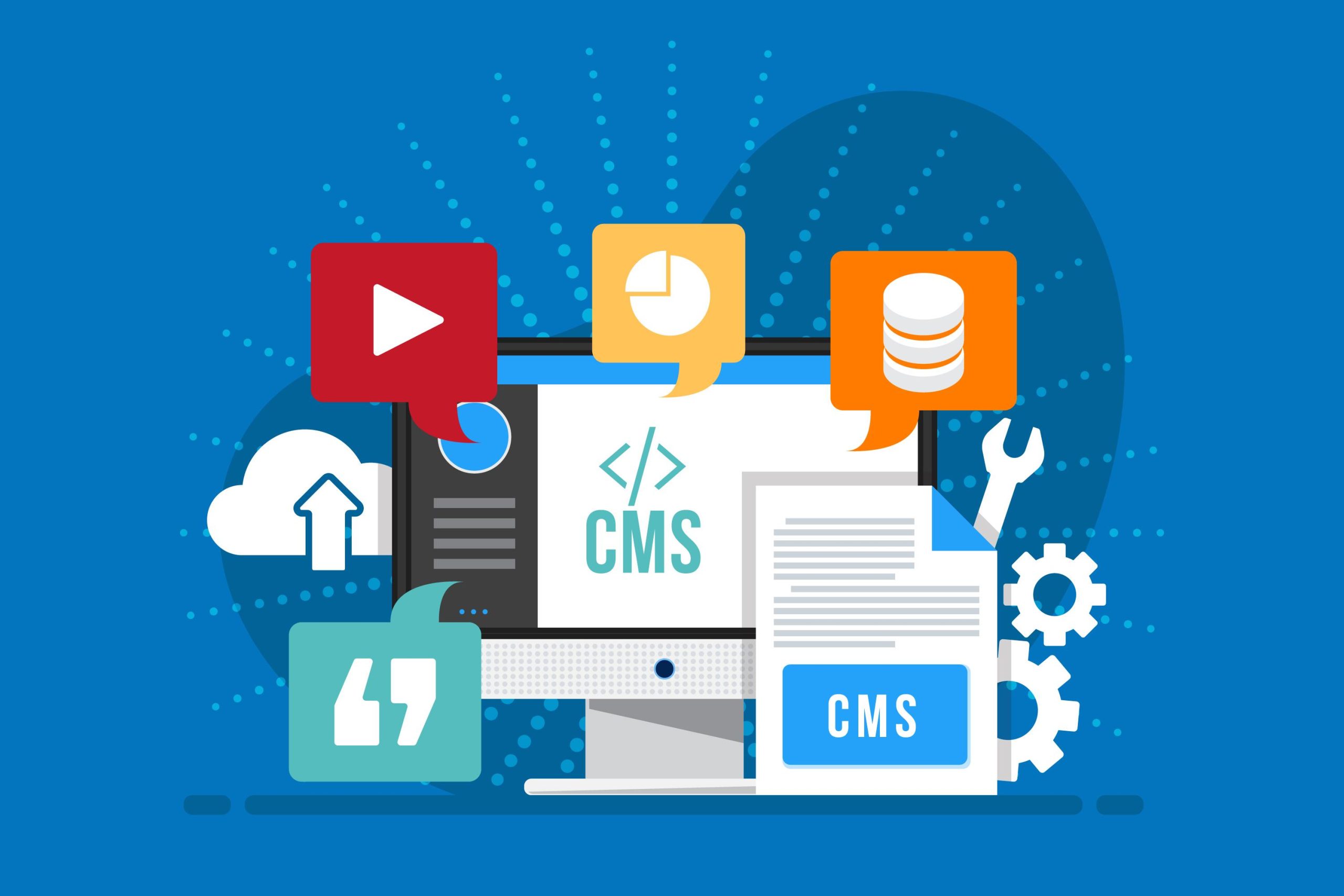What Marketers Can Learn From Salesforce
Salesforce is an all-in-one CRM (customer management) software that salespeople can use to manage their leads and campaign. Compared with some of the traditional CRMs, Salesforce can do a lot more for salespeople. With so many features, the platform gets extended to include marketing applications for small businesses. The following are some specific ways that Salesforce can be used by salespeople to improve their productivity and increase revenue:
Quick Links
Add leads to a targeted list and use a drip campaign to engage.
Salespeople use CRM systems like Salesforce to track their leads and keep up with their pipeline. But they also use these systems to engage with their prospects in new ways. The key is using drip campaigns (or automated emails) that are triggered when someone visits your website or fills out a form on your site. You can also use drip campaigns to send regular emails based on specific actions they take (like signing up for your newsletter). These emails serve as reminders of what you’ve offered in the past and make it easy for people to get back in touch with you when they’re ready.
With this type of automation, salespeople can focus on building relationships with prospects instead of spending time gathering information about them manually every time they open an email message or visit your website again.
Know which leads are opening emails and clicking on links.
Salesforce’s Marketing Cloud can help you understand what content works best for your audience so you can create more compelling messages in the future. You’ll also see which channels are most effective at driving traffic to your website and what types of offers resonate with your audience — all so you can optimize your campaigns accordingly.
By using Salesforce’s Marketing Cloud, you can get a complete picture of your leads and prospects. This will help you personalize your messaging and make sure that you’re delivering the right content at the right time. You’ll also be able to see how people engage with your website — whether they’re reading blog posts or clicking on links in emails — so that you can optimize your strategies for better results.
Automate follow-up with leads that didn’t open an email.
Salesforce sends follow-up emails to leads who didn’t open an email that you’ve sent them within a certain timeframe, which gives you another chance to get their attention before they become cold leads. You can also set up automated email campaigns to keep sending emails until someone opens them — or until you’ve sent them 10 times at which point the lead will be marked as unresponsive. This tactic helps you increase the number of people who actually read your emails and decreases your unsubscribe rate.
Schedule time in your calendar to handle tasks.
Many people go about their day without scheduling specific times for certain tasks. As a result, they don’t get much done because they’re constantly interrupted by other people or tasks. If you want to be productive, schedule specific times each day for completing certain tasks such as checking e-mail or social media accounts or responding to customer inquiries. This will allow you to focus on those activities without being distracted by other things going on around you.
Create a list of tasks grouped by account.
In Salesforce, you can create an account hierarchy with multiple levels of accounts (e.g., customer segmentation). This will enable you to group all the tasks related to each customer under one umbrella account instead of having dozens of separate accounts for each type of activity (e.g., lead generation or email campaigns).
This will also help you when it comes time to review your performance. You can easily see how well each account is performing based on the number of tasks completed or the number of contacts within each account.
Report on key performance indicators such as pipeline and win rates.
Salespeople don’t just have to worry about their own numbers. They also have to understand how their performance impacts the company’s overall success. To this end, they need to report on key metrics like pipeline size, win rate and average deal size to help their managers understand where they stand in terms of hitting revenue targets.
Marketers should be doing the same thing by reporting on key performance indicators (KPIs) such as leads generated or emails opened to help their managers understand where they stand in terms of hitting marketing goals.
Conclusion
As a sales professional you are always looking for ways to improve your sales processes and workflows, whether that means better sales tactics, more automation or better reporting. Salesforce is a simple way to streamline your marketing outreach so you can make sure you do not miss out on any leads, especially the hot ones.
How to Make Your Food Blog Irresistibly Yummy for Google Rankings?
SEO strategy is at the core of any successful blog. It is even more critical in densely populated…
0 Comments11 Minutes
How SEO Company Boosts Your Online Presence?
The web jungle is immense with hundreds and thousands of new websites cropping up every day! It is…
0 Comments6 Minutes
Keyword Research Strategies: Opportunities for SEO Success
Consider wanting to sell ice cream. You arrange your ice cream stand, but how can you tell people…
0 Comments10 Minutes
Optimizing Marketing Automation with Dynamics 365: Essential Keywords and Strategies
For organizations aiming to hold their ground and reach out to their audience effectively,…
0 Comments9 Minutes
Understanding AI, Machine Learning, and AIML: A Comprehensive Overview
We are all aware of the phrase: “Change is Constant!” It means nothing is permanent except…
0 Comments7 Minutes
What are the Cybersecurity Best Practices to Safeguard Your Digital Assets
One could say that cybersecurity is not anymore, an added luxury – it has become a necessity. Due…
0 Comments8 Minutes
8 Ways Visual Content Enhances the User Experience on Your E-commerce Website
When it comes to e-commerce, first impressions are everything. Your website is usually the first…
0 Comments7 Minutes
How to Find and Fix Orphan Pages in SEO
Orphan pages are the web pages which are not linked to any other web page of the specific site and…
0 Comments9 Minutes








